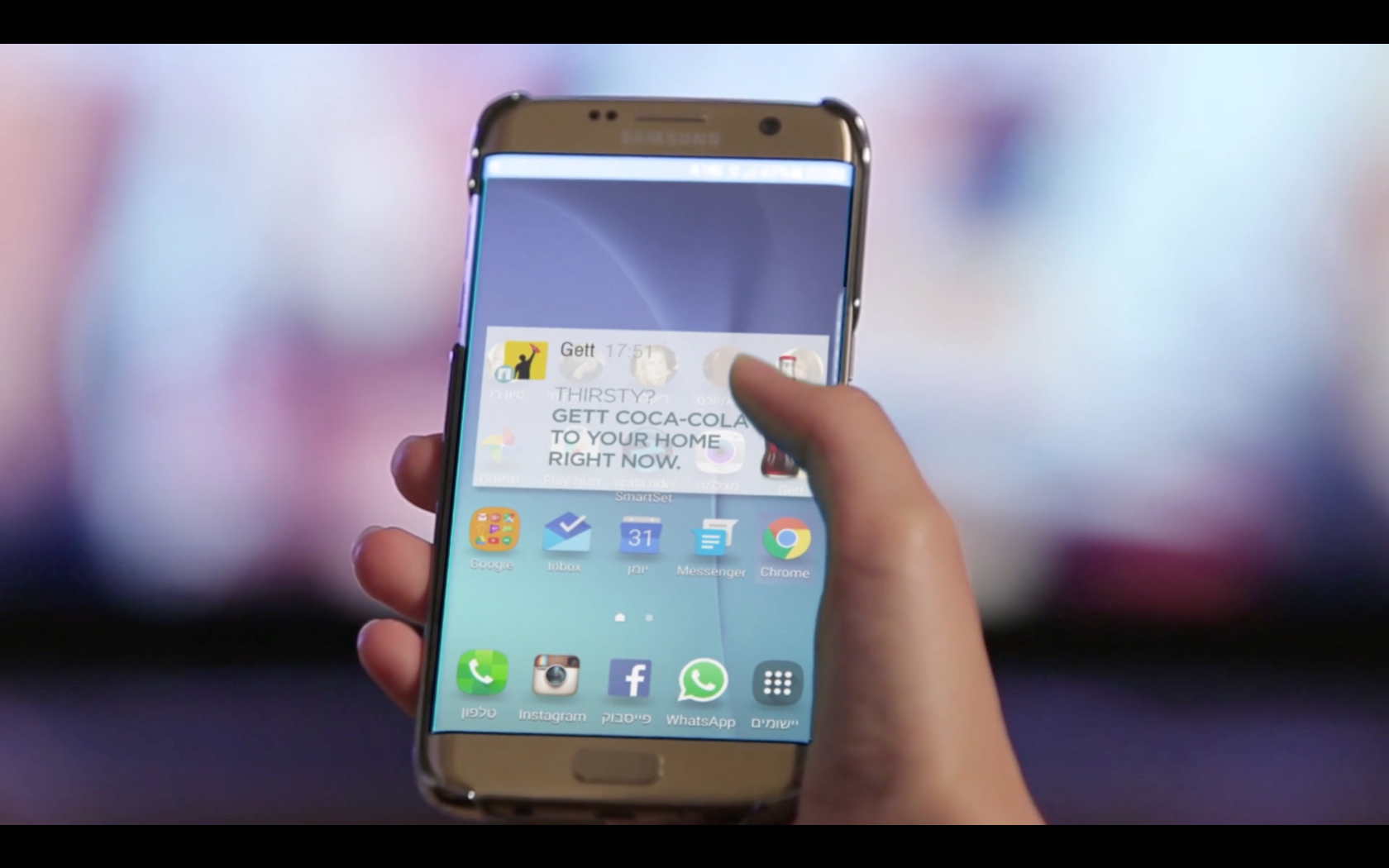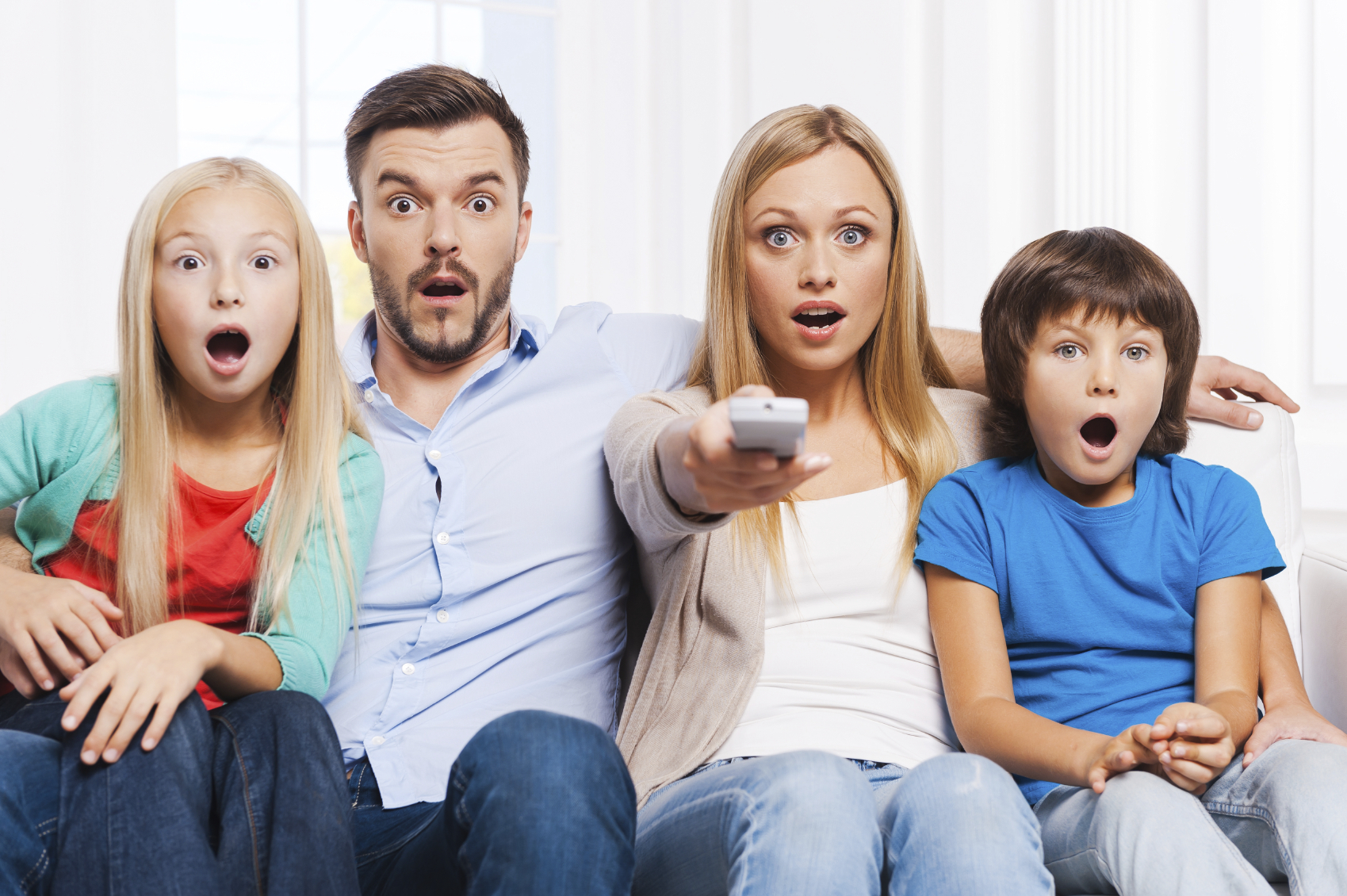What Happened
Coca-Cola Israel teamed up with Gett, a car-hailing app popular in Israel, to create a TV ad that prompts viewers to buy a package with two bottles of Coke and a branded mini-cooler. Using an ultrasonic audio signal technology developed by startup DOV-E, the TV ad activates smartphones with the Gett app installed to deliver a notification which users can swipe to see the offer and make the purchase with one tap. Orders will be delivered straight to their door by Gett within minutes.
What Brands Need To Do
This innovative ad is a brilliant example of marrying on-demand delivery service with traditional TV commercials via the second screen, thus making traditional TV ads interactive and buyable. As consumers get increasingly accustomed to the convenience and expedition offered by ecommerce leaders like Amazon and on-demand delivery services, it is imperative that brands, particularly those in the retail and CPG categories, start exploring new forms of advertising and adding interactive, digital layers to their traditional ads to engage viewers and move them down the sales funnel.
For more information on how smartphone-powered shopping experiences are impacting the customer journey, check out the Boundless Retail section in our Outlook 2016.
Source: PSFK
Header image courtesy of Gefen Team’s Vimeo Video


